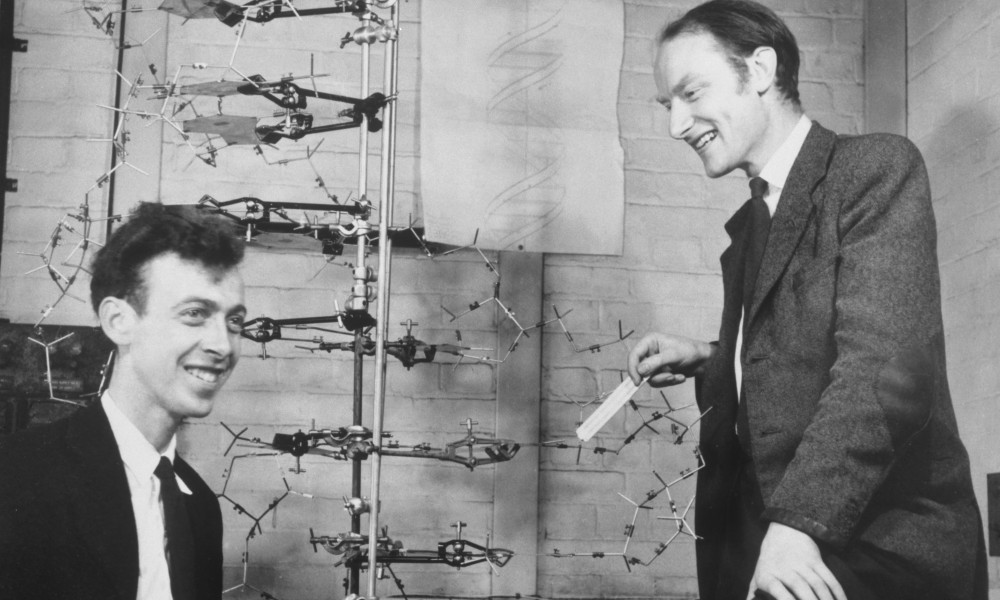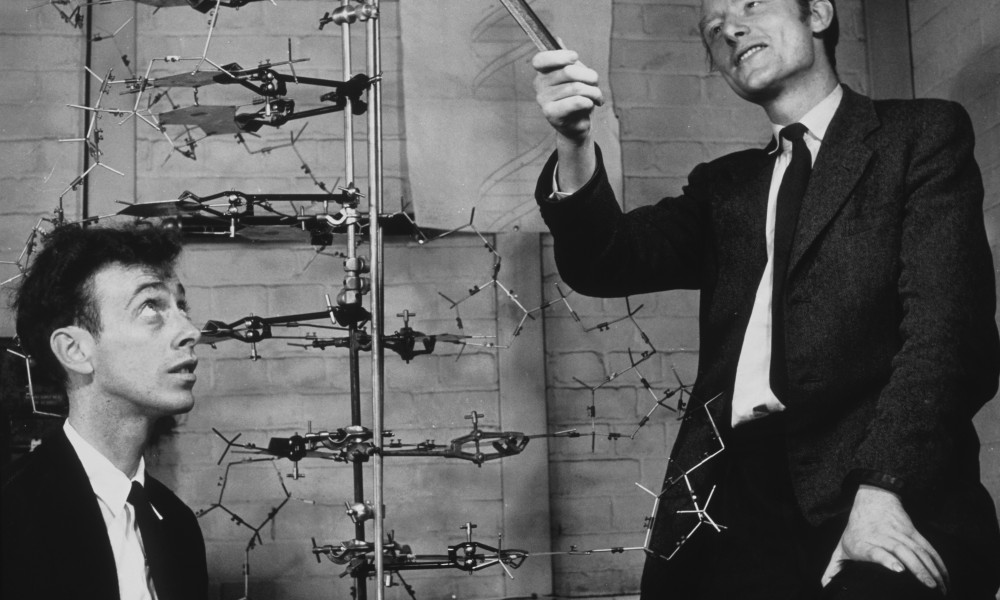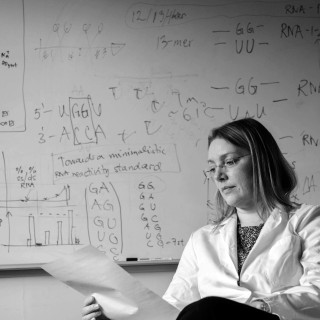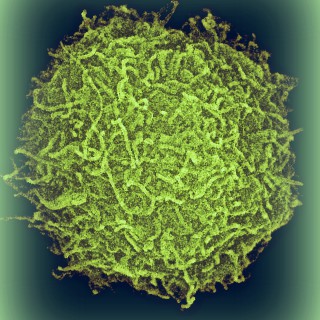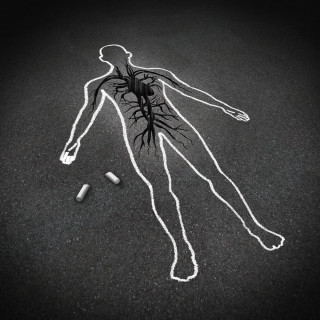They taught us to read the genetic code
Our genetic code, which we inherit from our parents, is gathered in our DNA. The double helix-shaped DNA molecule first described in 1953 by Francis Crick and James Watson, assisted by others including Rosalind Franklin, can be seen as the cells’ instruction book. This is the written record of what happens when the information in our genes is translated into specific properties.
In 1958, Francis Crick coined the concept of the central dogma of molecular biology, which can be succinctly described as DNA coding for RNA and RNA coding for proteins. At the time, the RNA molecule was seen as a mere messenger which decodes (transcribes) information from genetic sequences of DNA, in the form of a messenger RNA, which is then used as a template when the protein molecules are combined (translation). That only a very small part of the DNA chain consisted of genes which code for protein could not be explained and those parts were irreverently called junk DNA as their function was not understood.
But the transfer of information, the DNA transcription, has proven to be a lot more complicated than previously thought.
It all started just over 30 years ago when Victor Ambros at Harvard wanted to find the mutated gene that caused certain nematodes to be unable to lay their eggs. In 1993, after 13 years of assiduous work, Ambros and his colleagues had identified and mapped the mutated gene. But to their astonishment, the gene turned out not to code for a protein. The gene was very short and only coded for a small piece of RNA – what is now known as a microRNA.
Later on, Victor Ambros and his colleague Gary Ruvkun were able to describe how a microRNA is not merely a simple messenger, but rather the end product itself. An end product which works approximately like a velcro strip, able to attach itself to a traditional messenger RNA and prevent it from functioning as a template for the production of protein.
During the past decade, thousands of different so-called non-coding RNAs have been discovered and it is clear that they regulate the cell’s flow of information in many different ways. Today we know that they fulfil important functions, often as fine tuning in the cell’s machinery; for example they can be important in regulating processes such as cell growth, organ formation and cell death. MicroRNAs can thus affect the occurrence of diseases such as cancer and could provide us with new possibilities for cancer treatment.
Text: Pia Romare
Note
Victor Ambros has been awarded “The 2015 Breakthrough Prize” for his fundamental studies of the function of microRNAs.


